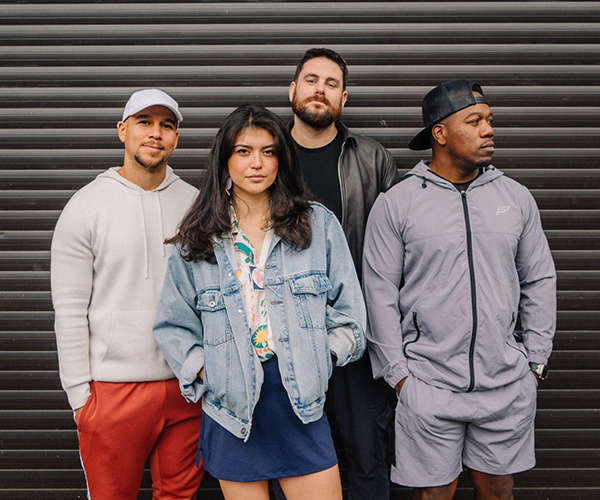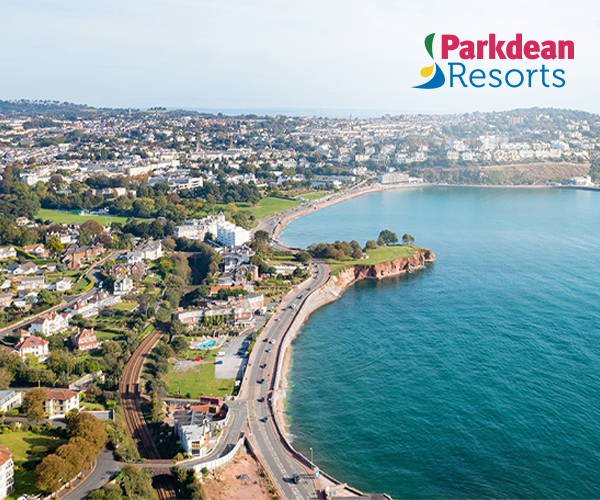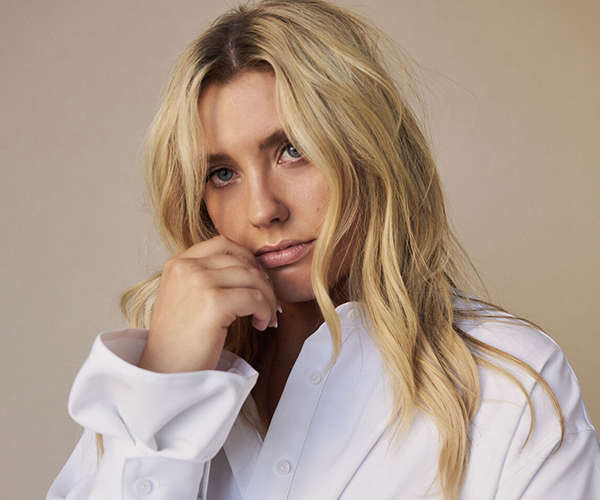A Life in Drag

|
Dan Kahn, the man behind drag persona 'Tia Anna' writes of the history of Drag and what it means in today's society:
Nobody truly knows when the art of 'Drag' Performance really started, as all the way back through history there are records and long-cherished traditions of costumed performances by men dressing up as women for a whole host of reasons; a mix between cultural, religious and political.
Drag Queens have always been a prominent and integral part of the LGBT Scene; events such as Prides since the first modern Gay Movement emerged as a result of the Stonewall Riots at Christopher Street, New York in 1969. The Stonewall riot, in response to police victimisation of LGBT people and raids on LGBT bars/clubs, was effectively unique as a campaign led by drag queens and transvestites who gained strong backing from the wider gay community.
Today, with Gay Prides in almost every large town or city in Britain, and indeed in a growing number of other countries around the world, no Gay Pride event is complete without a few drag queens; you may either see them performing on the main stage, or, as in the case of Sheffield Pride on July 6th, joining in the Pride Parade and walking around the Pride for photo-opportunites with the public. Some prides such as Birmingham even have a separate Cabaret marquee or stage entirely devoted to drag acts all day long.
An amusing way to imagine the history of Drag is to divide it roughly into two periods: BC, or 'Before Cabaret', and AD, or 'After Danny La Rue'. In the years BC, that is, before the early 1970's when several very camp, popular musicals, such as Rocky Horror Show and Liza Minelli's 'Cabaret' hit the silver screen, Drag Cabaret was very much a direct descendant of Music Hall, the pre-cinema popular vaudeville entertainment which was the Big Night Out for the average person in any big city. Music Hall, also often known as Variety, featured a huge variety of acts, from magicians, clowns, circus acrobats, and dancing dogs, to one-man bands, escapologists, talent-contests for singers, and, of course early 'female Impersonators' or Drag Artistes such as the great Dan Leno. While men dressed as women in theatre go a lot further back, for example to Shakespearean times (and even Ancient Greece and Rome) when only men could perform on stage; Music Hall really marked the birth of modern comedy Drag Cabaret as a recognisable art form.
As Music Hall was supplanted by cinema, Drag as a form of comedy began to appear in films; probably the most famous cinema drag performance is 'Some Like It Hot' (1958) featuring Tony Curtis and Jack Lemmon as Josephine and Daphne, two drag characters on the run from the Mafia; this film also, of course, starred Marilyn Monroe; and has been a great model for Drag Queens ever since. During the early 20th century, and most notably during WW2, Drag Entertainment became an important cultural feature to many audiences; such as Panto Dames, stand-up comedy, as well as featuring within the British and other Armed Forces (in particular Royal Navy and Merchant Navy). The all-male, military environment fostered a demand for DIY entertainment and humour, often relating to the women left behind on-shore, not to mention often the secretive gay liaisons between certain men on board ships at a time when homosexuality was still illegal (It wasn’t legalised here in Britain until 1967).
After WW2, and in particular by the late 1960's and '70's, many popular musicals became box-office hits in the cinema, and this allied with the legalisation of homosexuality in countries like the UK and USA helped Drag Cabaret emerge from the back streets and the basement clubs into respectability; not least among the many drag stars of that period of revolution was DANNY LA RUE, real name Daniel Carroll, who interestingly began performing in drag while serving in the Royal Navy in the 1950's. Danny set up his own drag cabaret venue in Soho, London, and his shows attracted an unprecedented list of respectable guests including even members of the Royal Family. Danny, of course, became a natural star on the new medium of television as well, with regular appearances on shows such as The Good Old Days and annual specials such as the Royal Variety Show. Needless to say, Danny was one of those who established the format for the popular modern drag queen as a profession, and I myself am one of the many Drag Artistes who look to Danny La Rue as my first experience of watching a drag show, way back in the 1970's on a grainy black-and white television when I was aged around 10. At the time, like many young children, I thought: What is this exotic creature? Is he a woman, or is he really a man? Is a 'drag queen' born like this, or can anyone become one with the right talent?
The best way to look at drag in the present day is to imagine it as a country or island with several towns or cities and routes between them with smaller villages or picturesque locations along the way. The main cities represent the staples of Drag Cabaret, the many popular hit songs from musicals such as Rocky Horror, Cabaret, Wicked and the like, which are frequented and performed normally as 'lip-sync' by so many drag artistes, including myself. One other 'big city' if you like, is represented by the many drag queens who generally sing live and yet another represents drag queens who are mainly DJ's, sometimes we may commute between all three places; balancing all the talents in one night; flexibility is often a characteristic of the present-day drag queen's job.
Finally, in addition to the 'main cities' of our Drag Island, there are all the interesting little 'out of the way places' which represent the more extreme elements of individuality on the drag scene; among well-known exponents of individual approaches are acts like the Divine David, Taylor Mac, 'Plopalina' of Swansea, and indeed myself, as I sometimes create extreme looks for myself and my favourite live songs are slightly offbeat numbers from the characteristic 'camp' ones, such as Neil Young's 'After The Goldrush', Procul Harum's 'Whiter Shade of Pale' or Small Faces' 'Itchicoo Park'. |
  |

FEATURED
Gaydio Replay
-
 He.She.They (27th July)
He.She.They (27th July)in the mix
-
 Sam Londt (26th July)
Sam Londt (26th July)in the mix
-
 Anna Cee (26th July)
Anna Cee (26th July)in the mix




